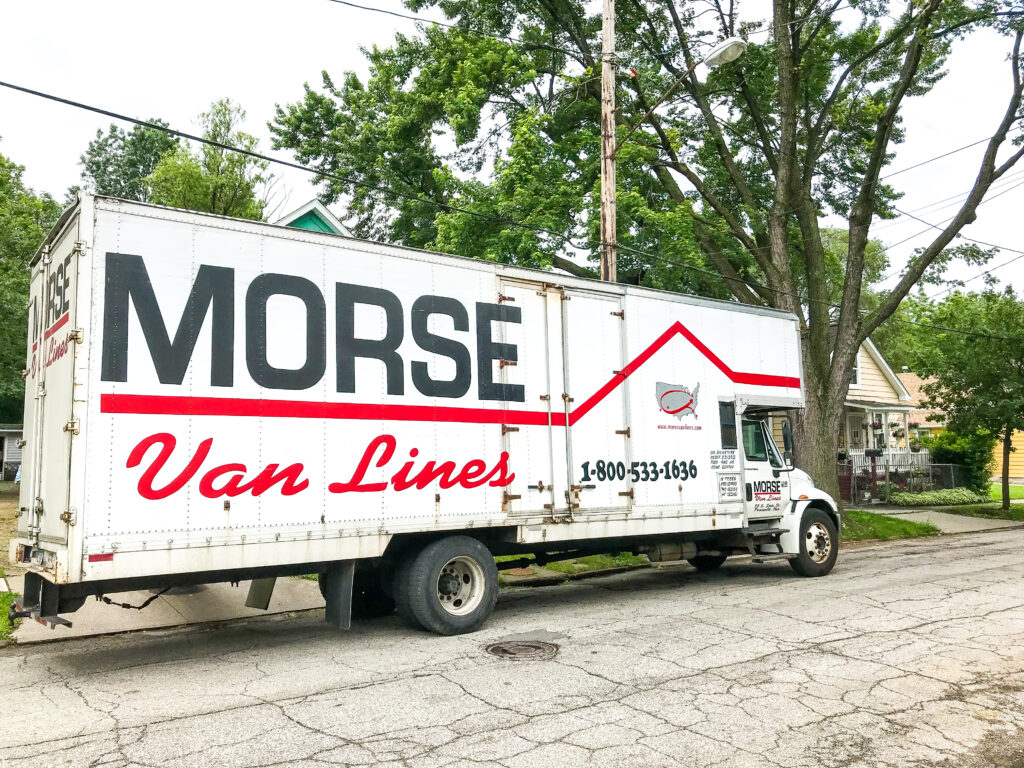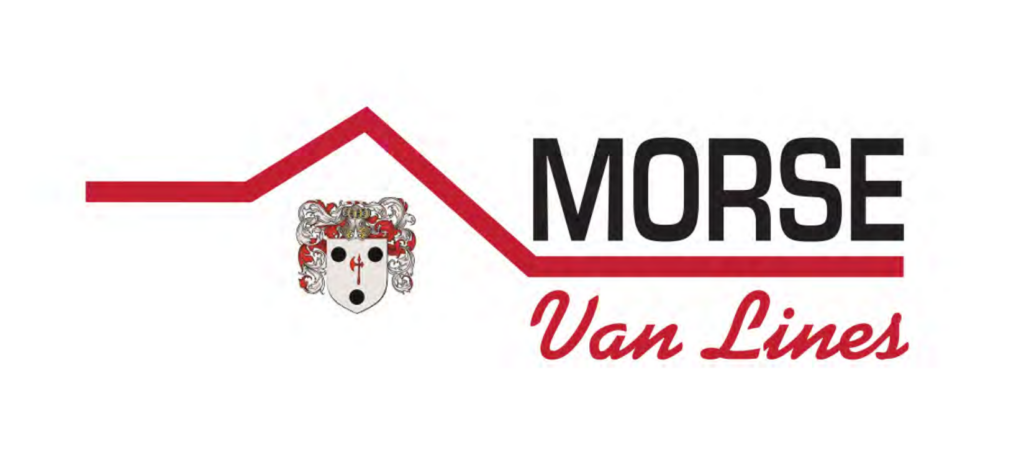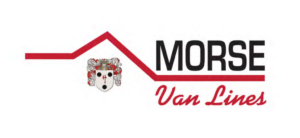Moving is an exciting yet often stressful experience, and one of the biggest concerns for homeowners and renters is understanding the cost associated with relocating. The price of a move can vary significantly depending on multiple factors, including distance, home size, services required, and time of year. While no two moves are exactly alike, having a clear idea of what to expect in terms of expenses can help you plan and budget accordingly. Let’s go over the many factors of how much does moving cost.
Understanding the Factors That Influence Moving Costs
The overall cost of moving is influenced by a variety of factors. The distance between your current location and your new home plays a major role in determining the price. A local move typically costs much less than a long-distance relocation due to the time and resources required. Additionally, the amount and weight of belongings being moved directly impact pricing. Larger homes with more furniture, boxes, and specialty items require more labor and space in the moving truck, leading to higher costs.
The time of year also has a significant effect on moving expenses. The demand for moving services increases during the summer months, weekends, and holidays, often leading to higher prices. Scheduling a move during off-peak seasons or mid-week days may help reduce costs. Labor charges are another consideration, as the number of movers needed and the time required to complete the job influence the final price. Movers are typically paid hourly for local moves, while long-distance relocations are based on weight and mileage.

Additional services can also add to the total cost. Packing services, for example, may be convenient but come at an extra charge. Some people choose to pack their belongings themselves to cut costs, while others prefer professional packers to ensure everything is securely wrapped and transported. Storage services may also be necessary if there is a gap between moving out of your current home and into your new one, which introduces an extra expense depending on the length of storage needed.
Insurance and liability coverage should not be overlooked when estimating moving costs. Basic insurance is often included in moving packages, but additional coverage for valuable or fragile items may require an extra fee. Ensuring that your belongings are protected during transit provides peace of mind but can increase overall costs. The presence of stairs, narrow hallways, elevators, or long carry distances from the truck to the home can also impact pricing, as they require additional effort and time from the moving crew.

Estimating the Cost of Local and Long-Distance Moves
For a local move, costs are generally based on an hourly rate that includes the number of movers and the time spent loading, transporting, and unloading your belongings. A small apartment move may range from a few hundred dollars, while a larger home could cost well over a thousand, depending on the complexity of the job. The more movers required, the higher the hourly rate, but a larger crew may also complete the job faster, balancing out the total expense.
Long-distance moves are calculated differently, typically based on the total weight of the shipment and the mileage traveled. The farther the destination, the greater the cost. Relocating across state lines or to another region involves logistical planning, fuel charges, and additional handling fees. These moves often require larger trucks, and in some cases, items may be combined with other shipments to optimize transportation efficiency, affecting pricing.
Hidden Costs to Be Aware Of
In addition to the base moving rates, there are often hidden costs that people do not anticipate. Packing materials such as boxes, tape, and protective wrapping add up, especially for larger households. Some moving companies provide these materials at an extra charge, while others allow customers to use their own supplies. Specialty items, such as pianos, antiques, or fragile artwork, require special handling, increasing the overall moving bill.
If a move needs to be completed urgently or at short notice, expedited services may come with a premium charge. Unexpected delays, such as waiting for an elevator or dealing with unforeseen logistical challenges, may also contribute to higher labor costs. Tipping movers is another expense that, while not mandatory, is often expected as a token of appreciation for their hard work.

Strategies to Reduce Moving Expenses
Planning ahead is one of the most effective ways to control moving costs. Booking a moving company in advance allows for better pricing options and ensures availability, especially during peak seasons. Decluttering before a move helps minimize the number of items that need to be transported, potentially lowering costs. Selling, donating, or discarding unneeded items can reduce the load and make packing more efficient.
Packing independently instead of opting for professional packing services is another way to save money. Many people source free boxes from local stores or community groups, cutting down on material expenses. Comparing quotes from multiple moving companies can also help in securing a better deal. Understanding the breakdown of services included in each quote ensures that you are not paying for unnecessary extras.
Scheduling the move during off-peak times may result in better rates. While moving during summer may be convenient, it is also the most expensive time of the year due to high demand. Opting for a mid-week or mid-month move often leads to lower prices. Additionally, asking about potential discounts for military personnel, seniors, or repeat customers can sometimes lead to cost savings.

Choosing a Reliable Moving Company
Selecting a reputable moving company is crucial in ensuring a smooth relocation process. Researching customer reviews and ratings helps in assessing the quality of service provided by different movers. Verifying that a moving company is licensed and insured ensures that your belongings are protected. Asking for a written contract detailing all services and fees prevents misunderstandings and hidden charges.
Avoiding moving scams is another essential step in choosing a reliable provider. Companies that demand large upfront payments or offer quotes significantly lower than competitors may be unreliable or fraudulent. A trustworthy mover will provide a clear estimate and be transparent about any additional costs that may arise during the move.

Conclusion
The cost of moving depends on various factors, including distance, home size, labor, additional services, and timing. Understanding these elements helps in budgeting effectively and preventing unexpected expenses. Taking steps such as decluttering, packing independently, and booking during off-peak times can help reduce costs. Choosing a reputable moving company ensures a smooth transition to your new home without unnecessary financial stress.
For professional and reliable moving services, visit Morse Van Lines. To ensure you have the most up-to-date moving cost estimates and industry regulations, refer to resources such as the Federal Motor Carrier Safety Administration.







